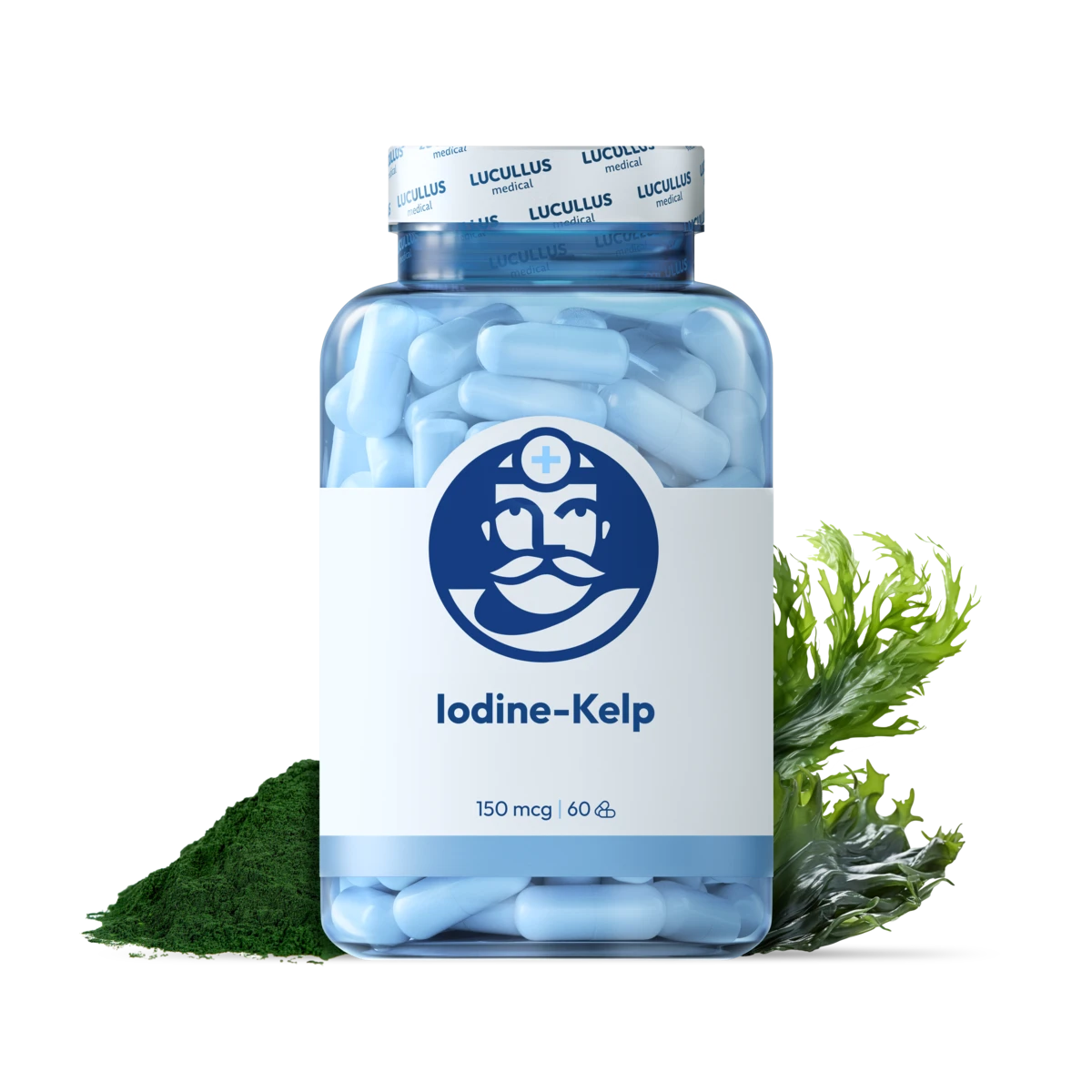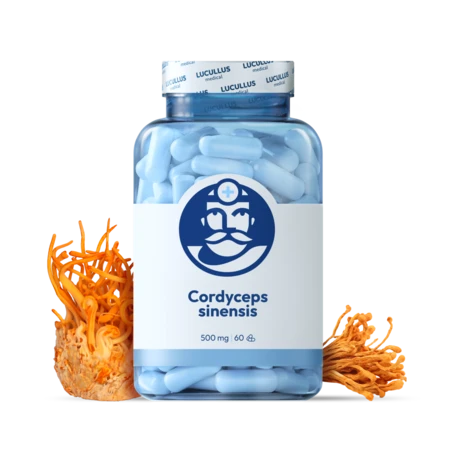
Is iodine a necessity? ... Iodine - Kelp
Iodine is a trace element, with an interesting role in health, which we associate with the thyroid gland. It occurs naturally in the marine environment and one of the richest natural sources of iodine is kelp seaweed, also known as "Bladderwrack, Norwegian Laminaria," which has been used in traditional medicine and cuisine for centuries. Kelp can absorb large amounts of iodine directly from the ocean. The body needs iodine to produce thyroid hormones, without which much more would not work ... our metabolism would not function properly, we would have little energy, and our minds would be dull.

Fascinating Reishi (Ganoderma lucidum)
It is not by chance that in various countries it is referred to as the "mushroom of immortality" and the "mushroom of eternal life". In Japan, "Reishi" means "spiritual power". In China, it is known as "Lingzhi", which means "divine mushroom". It is one of the most valuable mushrooms in traditional medicine, used for the treatment of chronic diseases, and acknowledged for over 4000 years for its strong effects (similar to ginseng) documented in ancient books. It's also called the "mushroom of happiness" for its ability to alleviate ailments such as arthritis, insomnia, chest tightness, persistent weakness, high blood pressure, dizziness, mushroom poisoning, and heart diseases ...

Women's balance important for every woman
We can probably agree that the female body and its hormonal balance are far more complicated than the male body. In addition to other factors, a woman's monthly cycle significantly affects her. Therefore, it is much more important to monitor all the necessary substances and hormones if a woman wants to live a balanced, satisfied life, whether in terms of health or mental well-being.

Maca - Peruvian Ginseng
For ages, people have been trying to find miraculous herbs and mushrooms that would enhance health, cure deadly diseases, and boost male potency. Each culture has its proven aphrodisiacs. Here, oysters or chocolate are especially well-known. Recently, especially with the development of tourism, we gradually also learn about other invigorating means that people use often on the opposite side of the planet. One of the oldest substances for potency support is Maca Peruvian Watercress.

Male vitality ... to make everything work as it should!
In today's age of daily stress, it's increasingly important to supply the body with the power of nature. Male vitality is a supplement from the most effective plants. A uniquely created formula tailored to the needs of the modern man and his active lifestyle. For more energy and increased performance at work and beyond, so you can fully experience all the adventures waiting for you.

Omega 3, precious message of the sea
Do you long to wake up with ease in the morning, look fresher, not feel joint pain, have more energy, be able to focus, and feel better in your body? We could find the solution from fishermen who got up earlier than the sun each morning, went out to the sea, and greeted the new day with a smile. These were men who never knew the doctor, had sharp minds even in old age, their hands still firmly held the fishing nets and they lived functional longevity, often working into their 90s. The fishermen's treasure was exactly fish oil, which works similarly to a lubricant for our body: it helps the heart pump blood, keeps the mind fresh, and joints flexible, without it, the joints would be like an old creaking ship. The message that the sea gives us what we need was conveyed to future generations because some gifts of health are too precious to keep to oneself.






























